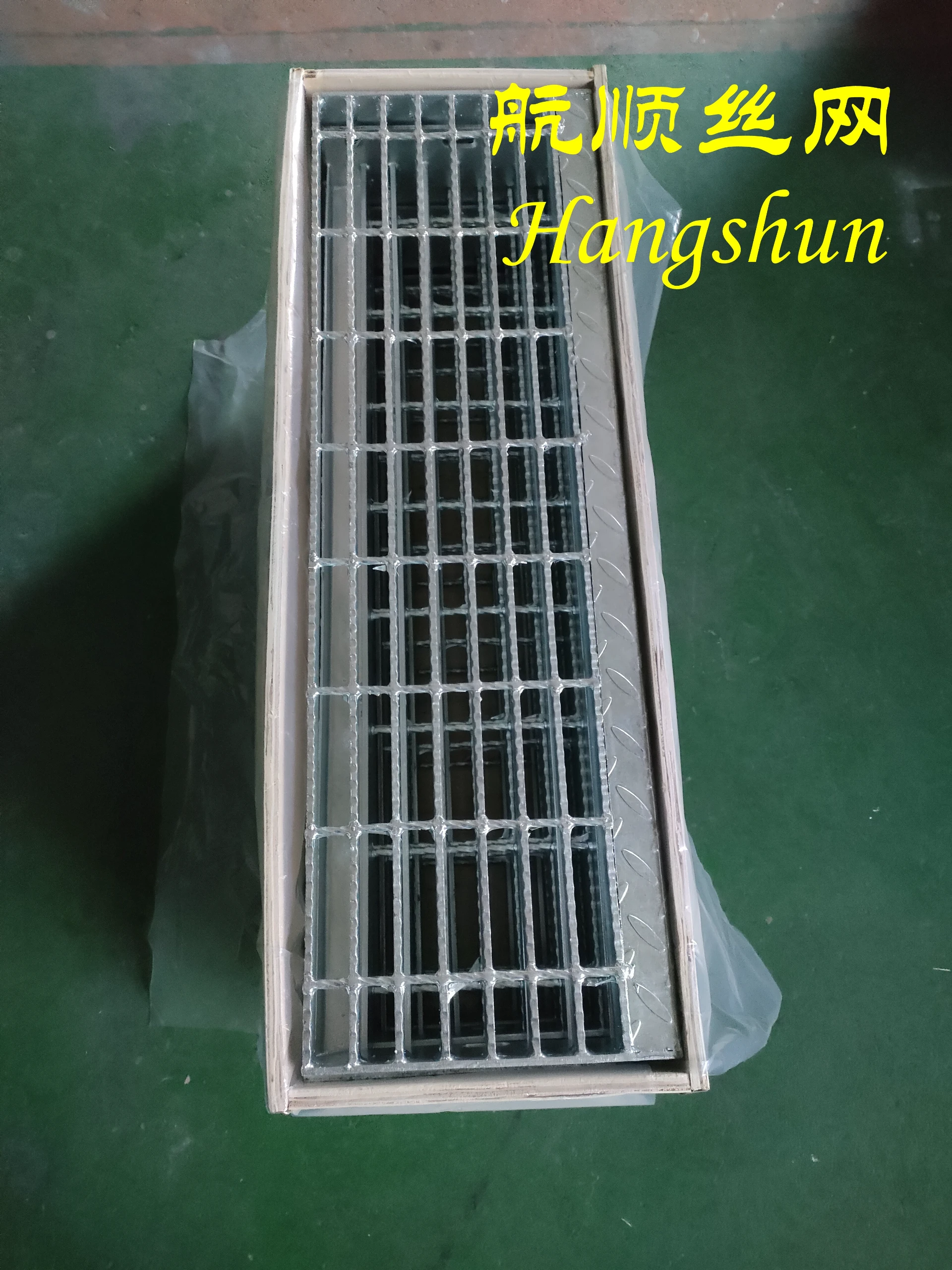- Industrial zone, South of Anping Town, Hengshui, Hebei, China.
- sales@hfpetromesh.com
- +86-18931809706
 Afrikaans
Afrikaans  Albanian
Albanian  Amharic
Amharic  Arabic
Arabic  Armenian
Armenian  Azerbaijani
Azerbaijani  Basque
Basque  Belarusian
Belarusian  Bengali
Bengali  Bosnian
Bosnian  Bulgarian
Bulgarian  Catalan
Catalan  Cebuano
Cebuano  Corsican
Corsican  Croatian
Croatian  Czech
Czech  Danish
Danish  Dutch
Dutch  English
English  Esperanto
Esperanto  Estonian
Estonian  Finnish
Finnish  French
French  Frisian
Frisian  Galician
Galician  Georgian
Georgian  German
German  Greek
Greek  Gujarati
Gujarati  Haitian Creole
Haitian Creole  hausa
hausa  hawaiian
hawaiian  Hebrew
Hebrew  Hindi
Hindi  Miao
Miao  Hungarian
Hungarian  Icelandic
Icelandic  igbo
igbo  Indonesian
Indonesian  irish
irish  Italian
Italian  Japanese
Japanese  Javanese
Javanese  Kannada
Kannada  kazakh
kazakh  Khmer
Khmer  Rwandese
Rwandese  Korean
Korean  Kurdish
Kurdish  Kyrgyz
Kyrgyz  Lao
Lao  Latin
Latin  Latvian
Latvian  Lithuanian
Lithuanian  Luxembourgish
Luxembourgish  Macedonian
Macedonian  Malgashi
Malgashi  Malay
Malay  Malayalam
Malayalam  Maltese
Maltese  Maori
Maori  Marathi
Marathi  Mongolian
Mongolian  Myanmar
Myanmar  Nepali
Nepali  Norwegian
Norwegian  Norwegian
Norwegian  Occitan
Occitan  Pashto
Pashto  Persian
Persian  Polish
Polish  Portuguese
Portuguese  Punjabi
Punjabi  Romanian
Romanian  Russian
Russian  Samoan
Samoan  Scottish Gaelic
Scottish Gaelic  Serbian
Serbian  Sesotho
Sesotho  Shona
Shona  Sindhi
Sindhi  Sinhala
Sinhala  Slovak
Slovak  Slovenian
Slovenian  Somali
Somali  Spanish
Spanish  Sundanese
Sundanese  Swahili
Swahili  Swedish
Swedish  Tagalog
Tagalog  Tajik
Tajik  Tamil
Tamil  Tatar
Tatar  Telugu
Telugu  Thai
Thai  Turkish
Turkish  Turkmen
Turkmen  Ukrainian
Ukrainian  Urdu
Urdu  Uighur
Uighur  Uzbek
Uzbek  Vietnamese
Vietnamese  Welsh
Welsh  Bantu
Bantu  Yiddish
Yiddish  Yoruba
Yoruba  Zulu
Zulu
- Afrikaans
- Albanian
- Amharic
- Arabic
- Armenian
- Azerbaijani
- Basque
- Belarusian
- Bengali
- Bosnian
- Bulgarian
- Catalan
- Cebuano
- Corsican
- Croatian
- Czech
- Danish
- Dutch
- English
- Esperanto
- Estonian
- Finnish
- French
- Frisian
- Galician
- Georgian
- German
- Greek
- Gujarati
- Haitian Creole
- hausa
- hawaiian
- Hebrew
- Hindi
- Miao
- Hungarian
- Icelandic
- igbo
- Indonesian
- irish
- Italian
- Japanese
- Javanese
- Kannada
- kazakh
- Khmer
- Rwandese
- Korean
- Kurdish
- Kyrgyz
- Lao
- Latin
- Latvian
- Lithuanian
- Luxembourgish
- Macedonian
- Malgashi
- Malay
- Malayalam
- Maltese
- Maori
- Marathi
- Mongolian
- Myanmar
- Nepali
- Norwegian
- Norwegian
- Occitan
- Pashto
- Persian
- Polish
- Portuguese
- Punjabi
- Romanian
- Russian
- Samoan
- Scottish Gaelic
- Serbian
- Sesotho
- Shona
- Sindhi
- Sinhala
- Slovak
- Slovenian
- Somali
- Spanish
- Sundanese
- Swahili
- Swedish
- Tagalog
- Tajik
- Tamil
- Tatar
- Telugu
- Thai
- Turkish
- Turkmen
- Ukrainian
- Urdu
- Uighur
- Uzbek
- Vietnamese
- Welsh
- Bantu
- Yiddish
- Yoruba
- Zulu
what is metal grating
What is Metal Grating?
Metal grating is a versatile and robust material commonly used in various industrial and commercial applications. It consists of a series of parallel bars or slats that are typically made from metals such as steel, aluminum, or stainless steel. The bars are usually spaced evenly apart and can vary in thickness and width, depending on the intended use. Metal grating is well-known for its strength, durability, and ability to provide a safe walking surface, making it an essential component in many environments.
What is Metal Grating?
Metal grating is also widely used in the construction of walkways, platforms, and stairways. Because it is lightweight yet strong, it can support heavy loads while minimizing the structural framework required. This makes it a popular choice for elevated walkways, catwalks, and other structures where weight is a crucial consideration. Moreover, the visibility through the grating can enhance safety by allowing for improved line of sight, particularly in areas with high foot traffic.
what is metal grating

Another significant use of metal grating is in the manufacturing of drainage systems. Grates are often placed over drainage channels to prevent debris from entering the system while allowing water to flow freely. This application is important in urban environments where efficient drainage is essential to prevent flooding. The durable nature of metal grating ensures that it can withstand harsh weather conditions and heavy loads, maintaining effective drainage over time.
In addition to these practical uses, metal grating can also serve aesthetic purposes in landscaping and architectural design. Decorative grates can be used in parks, public spaces, and commercial buildings to enhance visual appeal while retaining functionality. Various designs, finishes, and coatings can be applied to metal grating to match the desired aesthetic of a project, making it a flexible material for both functional and decorative needs.
When selecting metal grating for a specific application, several factors must be considered, including load-bearing requirements, environmental conditions, and safety regulations. Different types of metal grating, such as welded, riveted, or swaged, offer unique characteristics suited to various needs. Stainless steel grating, for example, is often preferred for corrosive environments due to its resistance to rust and chemical damage, while aluminum grating may be chosen for its lightweight properties and resistance to corrosion.
In conclusion, metal grating plays a vital role in a wide array of applications ranging from industrial flooring and drainage systems to architectural designs and safety structures. Its combination of strength, durability, and aesthetic versatility makes it an essential material in modern construction and manufacturing. With careful consideration of specific requirements and conditions, metal grating can provide effective solutions that enhance safety and functionality in numerous settings. As industries continue to evolve, the innovation in metal grating designs and materials will likely advance, further expanding its uses and benefits.
-
Welded Steel Bar Grating: The Strongest Choice for Industrial FlooringNewsMay.21,2025
-
Steel Grating for Sale: The Ultimate Anti-Slip SolutionNewsMay.21,2025
-
Steel Frame Shaker Screens: Unmatched Durability for Demanding OperationsNewsMay.21,2025
-
Shaker Screens: Your Ultimate Solution for Oil & Gas FiltrationNewsMay.21,2025
-
Press Locked Steel Grating: The Smarter Choice for Heavy-Duty FlooringNewsMay.21,2025
-
Helicopter Deck Safety Nets: Protect Your Crew and EquipmentNewsMay.21,2025